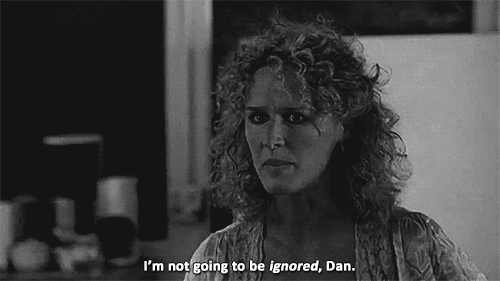- Blog Home
- Industries
- Kevin O'connor
- Tips For Better Communication Between Writers And Clients
Tips For Better Communication Between Writers and Clients

Nothing ruins a project like bad communication. You can end up missing deadlines, delivering content that completely misses the mark, or failing to give enough details to ensure a successful outcome. Both writers and clients can be guilty of communication pitfalls. The best way to avoid the problem is to be aware of the ways conversations break down between both parties and know how to fix them.
Establish Expectations Early
[bctt tweet="One of the best tools a client has to eliminate confusion is a style guide."]
Everyone needs to be on the same page or communication issues are practically guaranteed. One of the best tools a client has to eliminate confusion is a style guide.
A style guide is a document that covers the way you want your brand represented by writers and other external partners. The tone of voice, point of view, target audience, search engine optimization keywords and other details provide clear direction.
Writers can manage client expectations by explaining their process and the typical workflow that they use when putting together a piece. Ideally, you can explain how long it takes to complete a stage.
Discover Preferred Communication Methods
Some people thrive over a messenger application, while others prefer conference calls. Find out the best channels for different types of conversations. For example, lengthy revision requests may work out better in text form, while a quick phone call can cover status updates.
If you try to use a communication method that the other party doesn't like, you may run into situations where they're difficult or impossible to contact. Avoid this issue by sticking with their favorite channels. Getting the runaround when you're trying to contact a client just leads to a waste of time for everyone.

Don't let communication failures get to this point.
When in Doubt, Ask
Assumptions put you on the fast track to a project flying past its deadline. Don't assume anything, especially if this is your first time working with the person or company. Ask plenty of questions throughout the project. It's better to take the time now than go through multiple content revisions later.
Examples of clarification and discovery questions for a content marketing piece include:
- Do you prefer first-, second- or third-person perspective?
- What kind of visuals are you planning on adding to the piece after it's done?
- Is this a stand-alone post or part of a larger series?
- Are you planning on repurposing this content into smaller pieces?
- What part of the marketing funnel does this piece fit into?
- What is your goal for this post?
- Do you prefer Oxford commas?
Encourage Feedback
It's difficult to get everything right on the first try, but there's no need to end up with a dissatisfied client. By encouraging feedback throughout the project, you get the opportunity to hone in on exactly what they're looking for.
You also discover the elements that work versus the ones that they dislike. Examples of their current content or role models whose style inspires them will give you a good starting point. Go over each section and incorporate the client feedback into each part of the article.
Good communication is the key to the writer-client relationship. Think of it as a content collaboration between the two parties. You both have to contribute to the writing process to create a piece that matches the client's vision. That's only possible through clear discussions and managed expectations.
Powered by Scripted.com